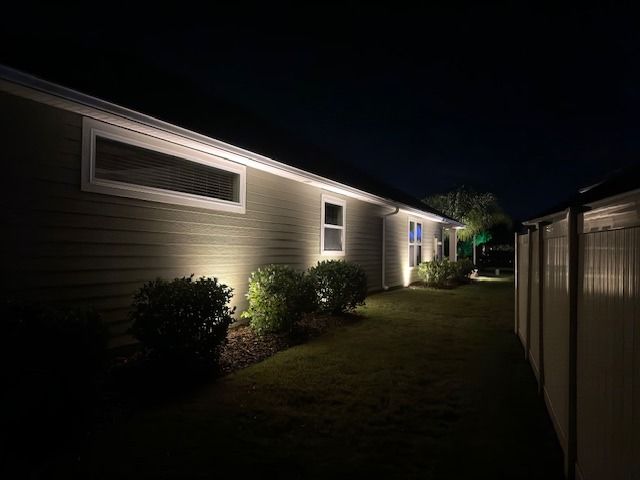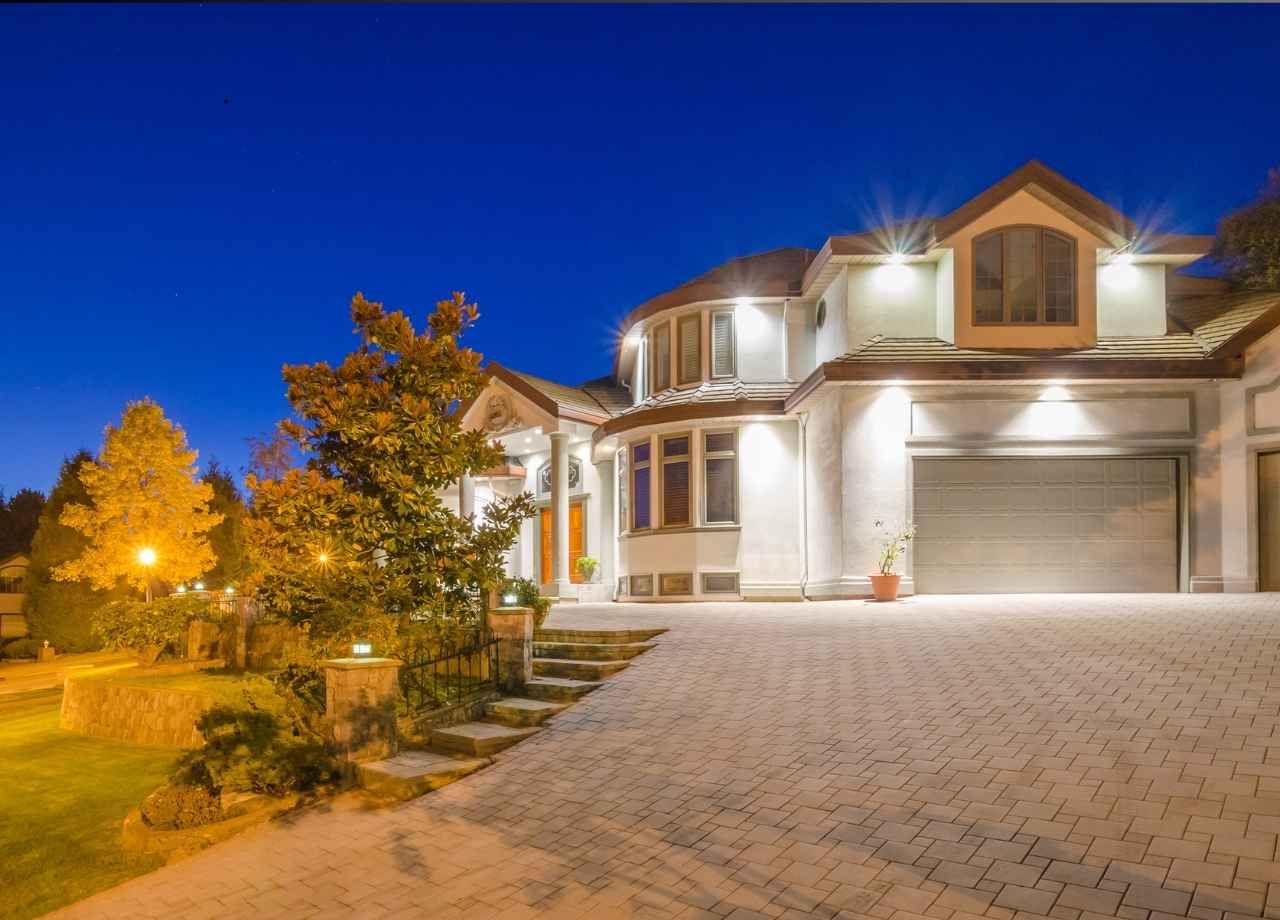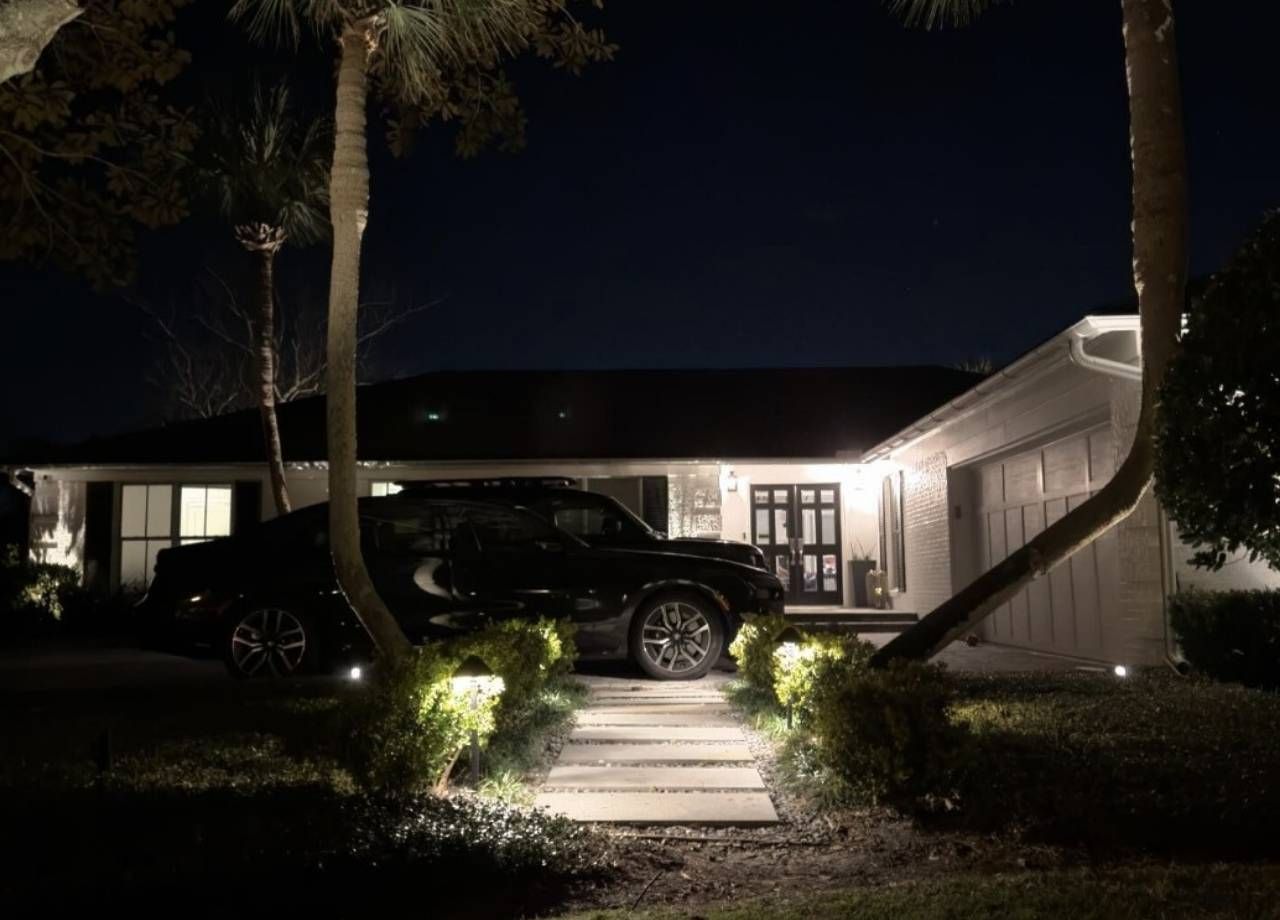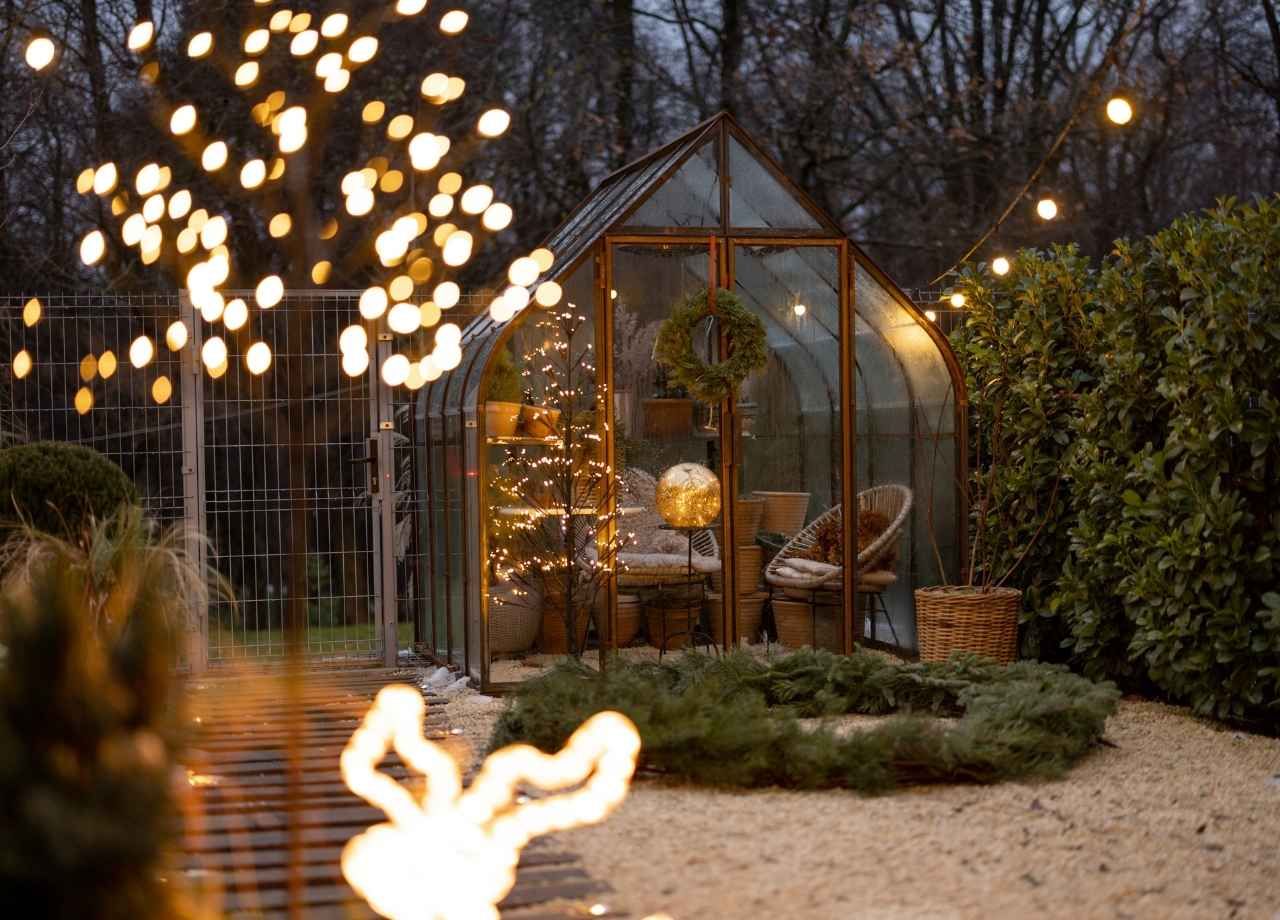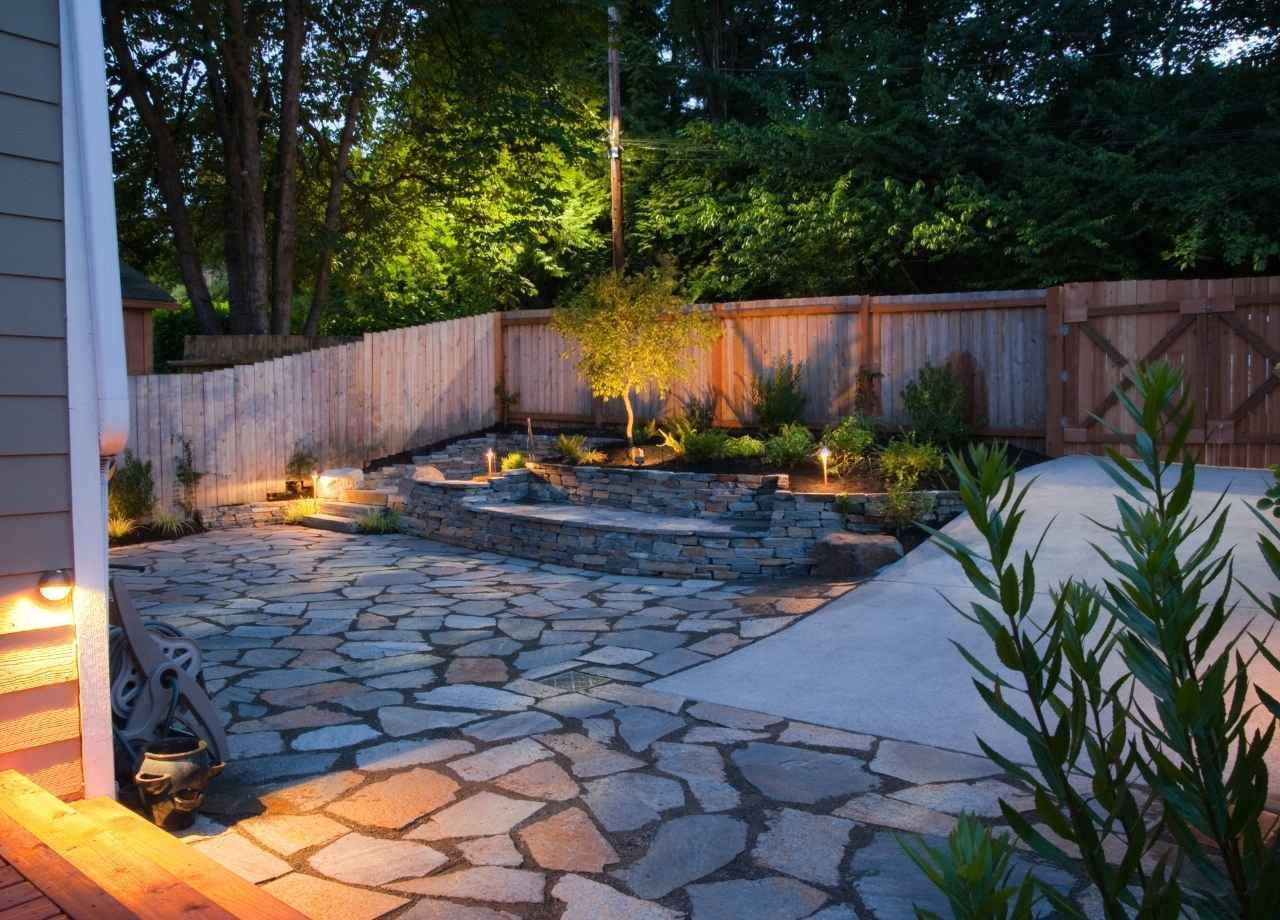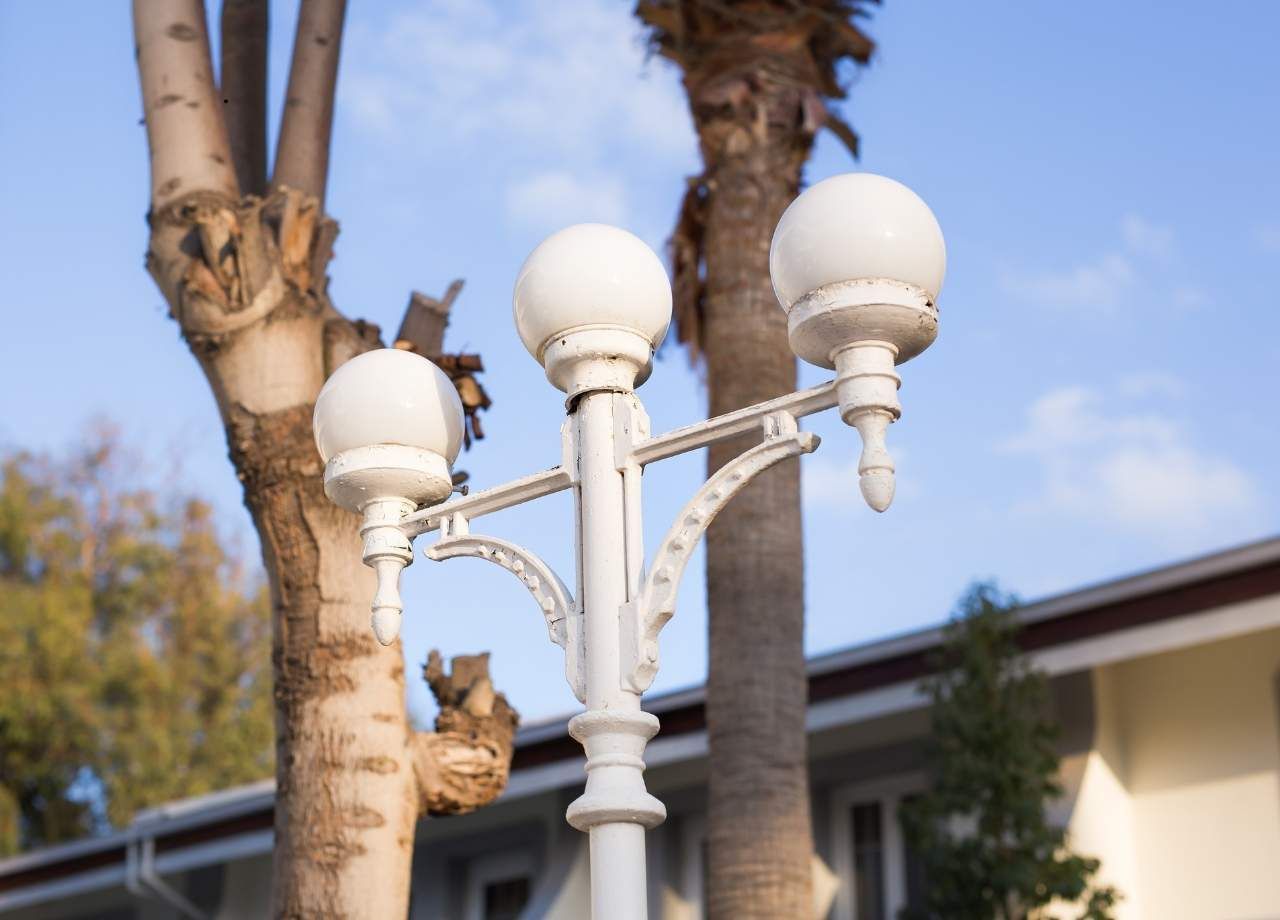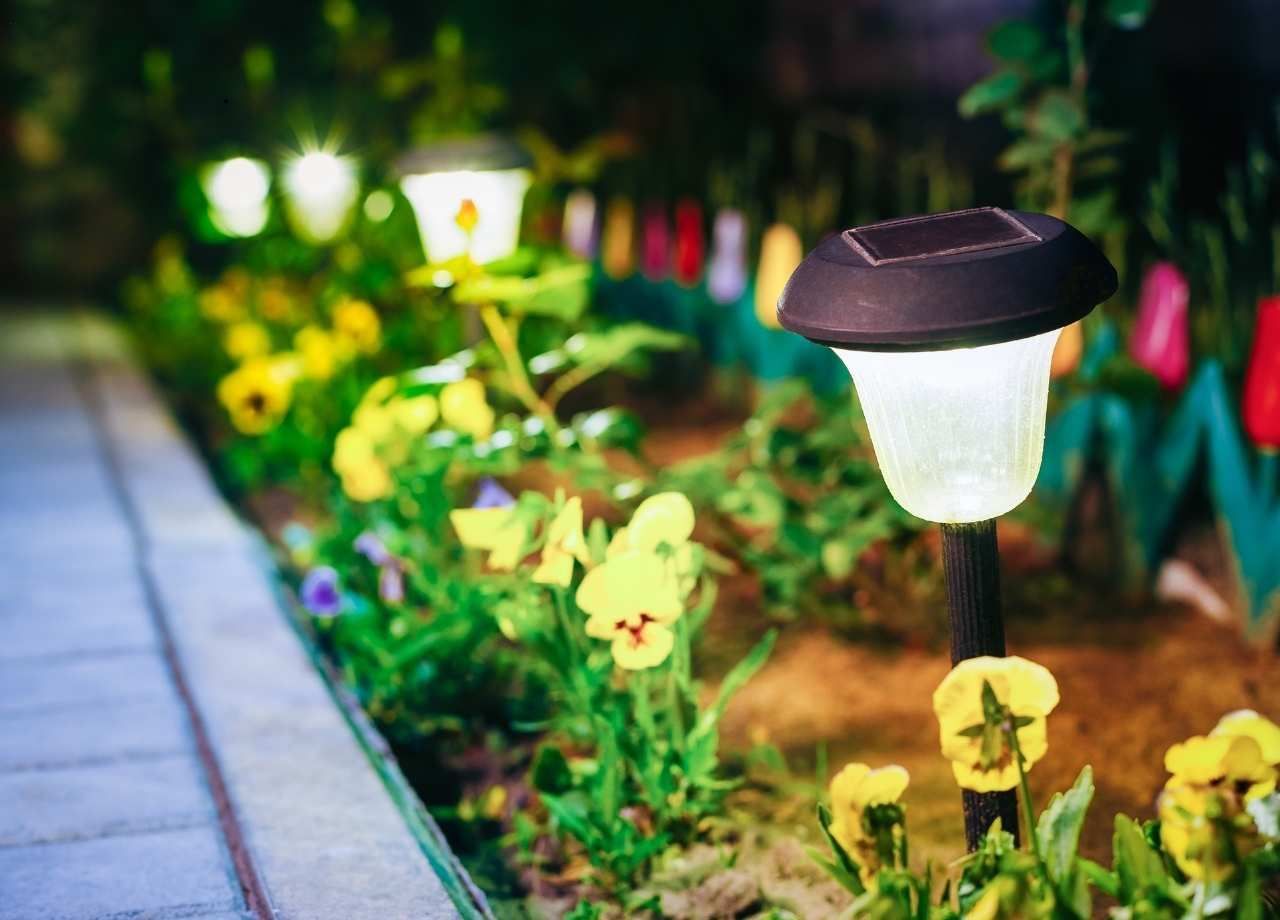Boost Security and Convenience with Outdoor Sensor Lighting
Outdoor sensor lighting can be a great addition to any property, offering both security and convenience with minimal effort. These lighting solutions provide automatic illumination when movement is detected, making outdoor spaces safer while enhancing their functionality. Whether you're looking to deter intruders, improve visibility around walkways, or add efficiency to your home's lighting system, sensor lighting is a smart investment.
How Outdoor Sensor Lighting Works
Motion-sensor lights use built-in sensors that detect movement and automatically turn on the lights. The two primary types of sensors are passive infrared (PIR) sensors and microwave sensors. PIR sensors detect heat signatures from moving objects, such as people, animals, or vehicles, making them the most common type of motion sensors used in outdoor lighting.
Microwave sensors emit continuous waves that bounce off objects and return to the sensor. When movement disrupts the wave pattern, the light activates. These sensors have a longer range than PIR but can be more sensitive to false triggers, such as wind-blown branches.
Some advanced systems also incorporate dual-technology sensors, which combine PIR and microwave detection to reduce false activations while ensuring reliable performance.
Security Benefits of Sensor Lighting
Deterring Intruders
Well-lit properties are less appealing to criminals. Motion-activated lights eliminate dark corners where intruders might hide, making it harder for them to move undetected. Since the lights turn on unexpectedly, potential trespassers are often startled and discouraged from proceeding further.
Increasing Visibility Around Your Home
Dark entryways, driveways, and backyards can be hazardous at night. Sensor lighting instantly provides illumination when you need it, preventing trips and falls. This is especially useful for guests who may not be familiar with the layout of your property.
Enhancing Security Camera Footage
Surveillance cameras perform better with proper lighting. Motion-activated lights improve image clarity, making it easier to identify people and objects in security footage. Some modern sensor lights even integrate with smart security systems, automatically triggering recordings when motion is detected.
Everyday Convenience and Energy Efficiency
Hands-Free Illumination
No more fumbling for light switches when carrying groceries or arriving home late at night. Sensor lights automatically brighten pathways, porches, and garages, making entry and exit effortless.
Smart Integration with Home Automation
Many sensor lights can be connected to smart home systems, allowing remote control through smartphone apps. This means you can adjust settings, turn lights on or off manually, and receive alerts when motion is detected, all from your phone.
Energy Savings
Traditional outdoor lights that remain on all night consume unnecessary electricity. Motion-activated lighting only operates when needed, reducing energy consumption. Modern LED sensor lights further enhance efficiency by using up to 75% less energy than traditional bulbs while lasting significantly longer.

Choosing the Right Sensor Lights for Your Property
With a variety of options available, selecting the right sensor lights depends on factors such as placement, sensitivity, and power source. Considering these aspects ensures optimal performance and convenience.
Placement Considerations
To maximize effectiveness, sensor lights should be positioned strategically. Install them near doors, garages, and gates to ensure safe access. Illuminating pathways and driveways prevents trips and makes navigation easier. Cover backyards and side yards that are often overlooked but still vulnerable to intruders. Placing lights near security cameras enhances footage quality by providing additional light.
Adjustable Sensitivity and Range
Look for models with customizable settings to prevent unnecessary activations. Adjustable sensitivity helps avoid false triggers caused by passing cars or small animals, while range control ensures the light covers the intended area without being too broad.
Weather Resistance
Outdoor lighting should withstand harsh weather conditions. Choose fixtures with a high IP (Ingress Protection) rating to ensure durability against rain, dust, and extreme temperatures.
Power Source Options
Sensor lights come in different power options. Hardwired lights connect directly to the home’s electrical system for a consistent power supply. Battery-powered lights offer flexibility in placement but require occasional battery changes. Solar-powered lights are ideal for energy savings, using sunlight to recharge during the day and operate at night.
Smart Features for Modern Outdoor Lighting
Advancements in lighting technology have introduced additional features that improve performance and user experience.
Dimmable Settings
Some sensor lights offer adjustable brightness levels based on your needs. This feature allows for a softer glow for ambiance or brighter light for security purposes.
Dual Lighting Modes
Certain models provide a dim ambient setting that brightens only when motion is detected. This mode is useful for conserving energy while maintaining visibility.
Remote Access and Alerts
Smart-enabled lights can send notifications when movement is detected, allowing real-time monitoring from your phone. This feature adds an extra layer of security, especially for homeowners who travel frequently.
Color Temperature Control
Adjust lighting warmth for aesthetic or functional purposes. Warmer tones create a welcoming ambiance, while cooler tones provide maximum visibility. This flexibility helps in setting the right mood for different outdoor spaces.
Installation Tips for Optimal Performance
Proper installation ensures sensor lights function efficiently. Mount lights at a height of 6 to 10 feet above the ground for the best coverage. Angle the sensor correctly to avoid pointing directly at busy streets or trees, minimizing false triggers. Walk around the detection area to test the light's activation range before finalizing placement. Regular maintenance, such as cleaning the sensors, prevents dirt buildup that can affect performance.
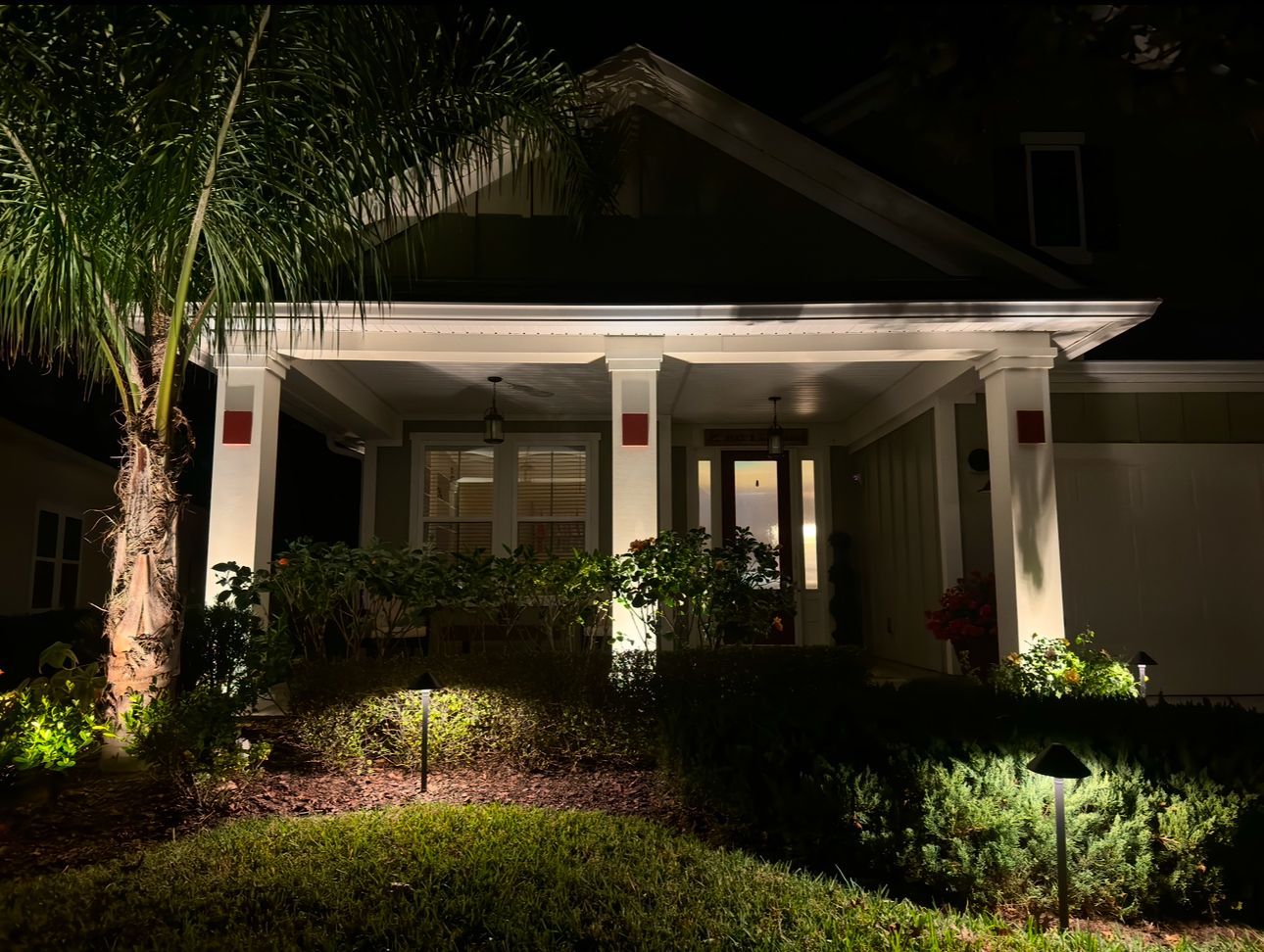
The Best Outdoor Sensor Lighting for Your Needs
Choosing the right sensor lighting depends on your specific requirements. For security, high-lumen flood lights with wide-angle motion detection are ideal. For pathways, low-lumen solar-powered lights provide a balance of visibility and energy efficiency. For entryways, stylish wall-mounted lights with motion sensors enhance safety without sacrificing design. Wi-Fi-enabled sensor lights are perfect for smart integration, offering advanced control and automation features.
Enhance Your Property with Professional Outdoor Lighting
A well-lit property improves security, convenience, and energy efficiency. Professional installation ensures proper placement and performance, maximizing the benefits of motion-sensor lighting. If you’re considering an upgrade, working with an expert lighting company can help you design a system that meets your specific needs while blending seamlessly with your home’s aesthetics.
Investing in outdoor sensor lighting not only enhances safety but also adds modern functionality to your space. Whether you need protection against intruders or a simple way to illuminate your property, these lights provide an effortless solution with lasting benefits.

